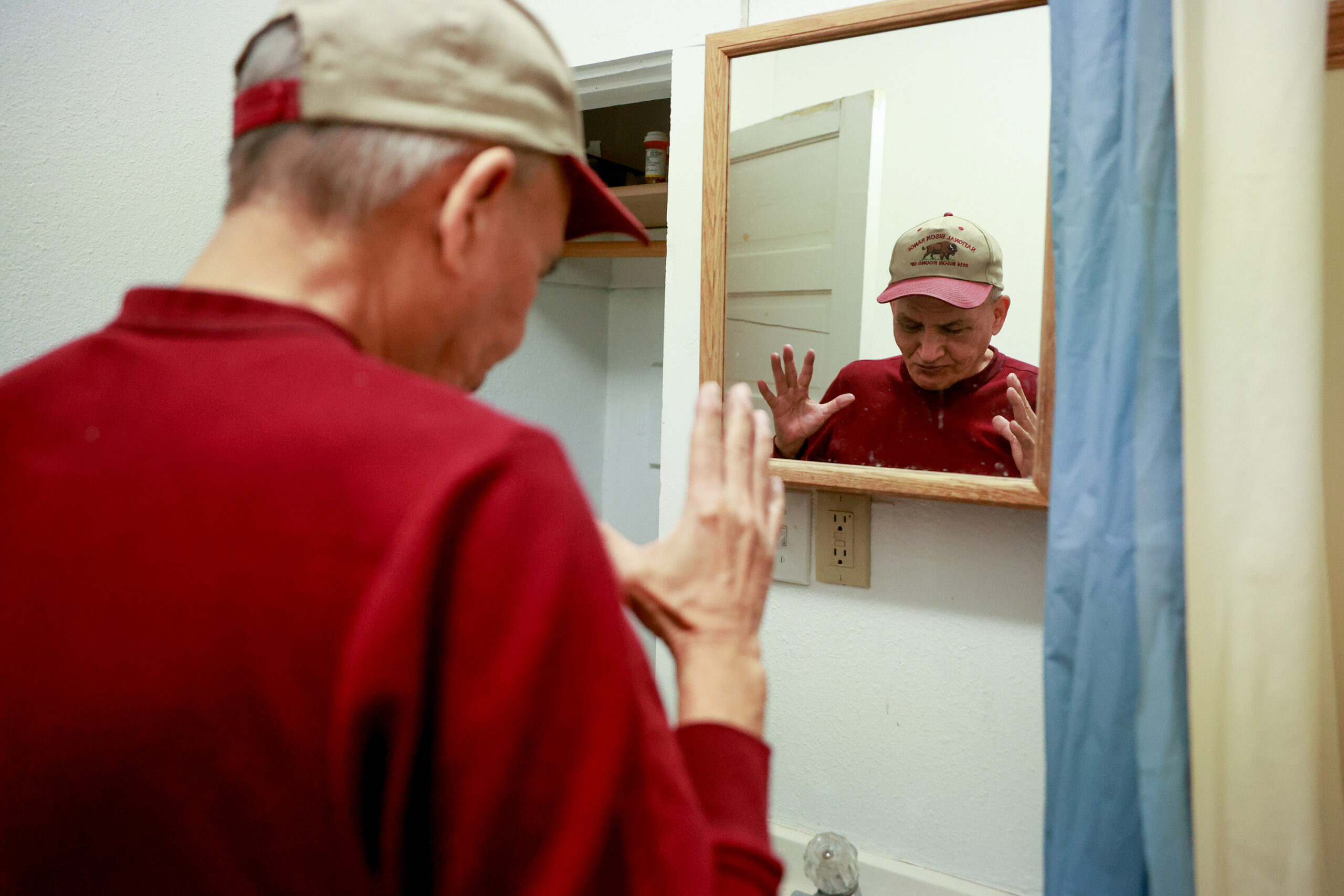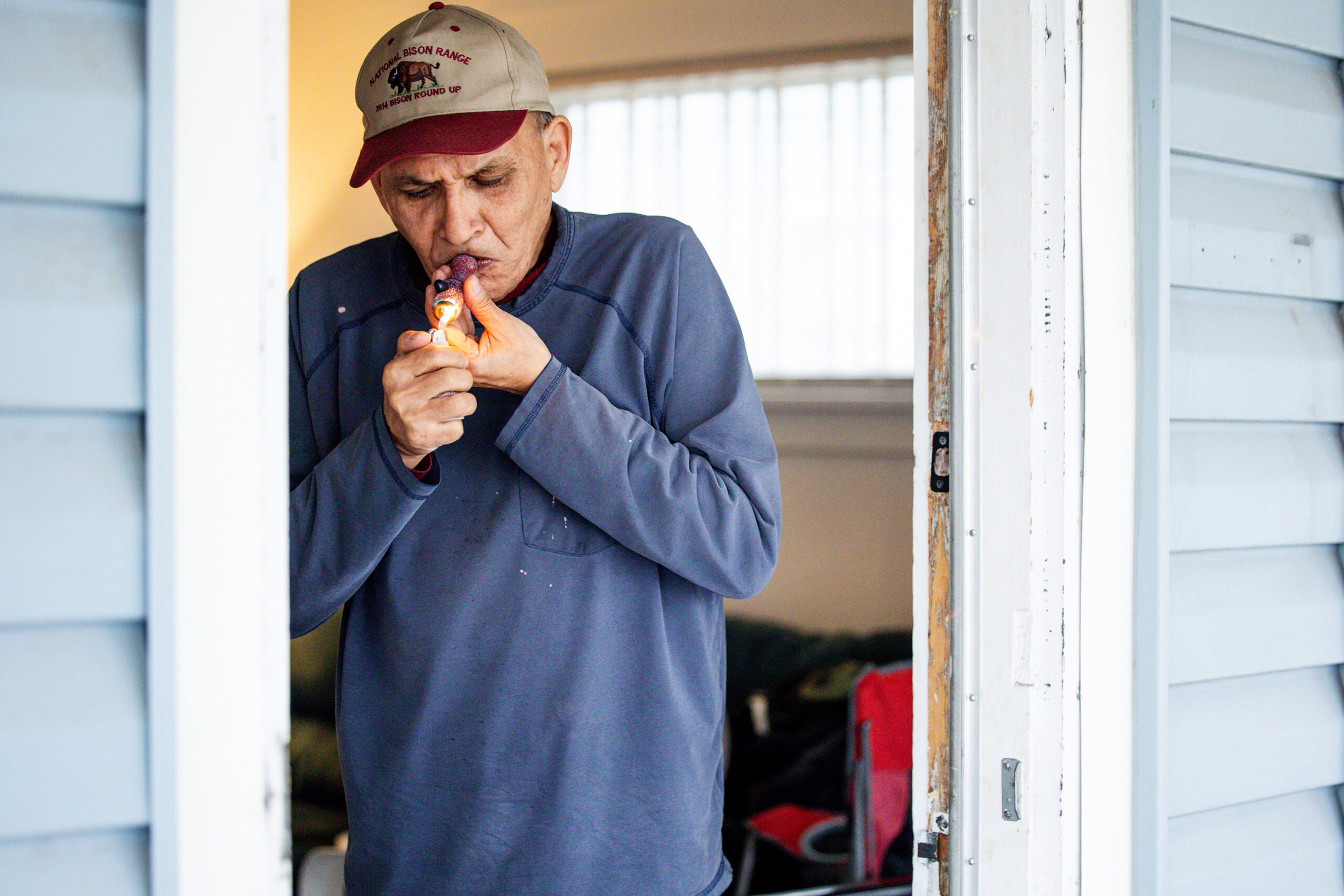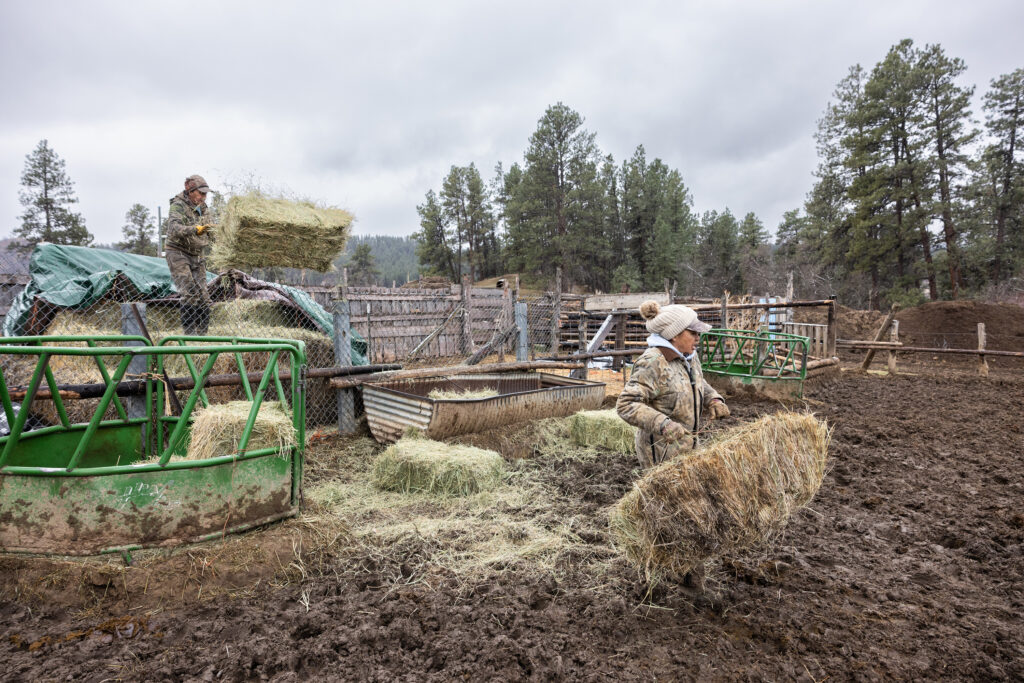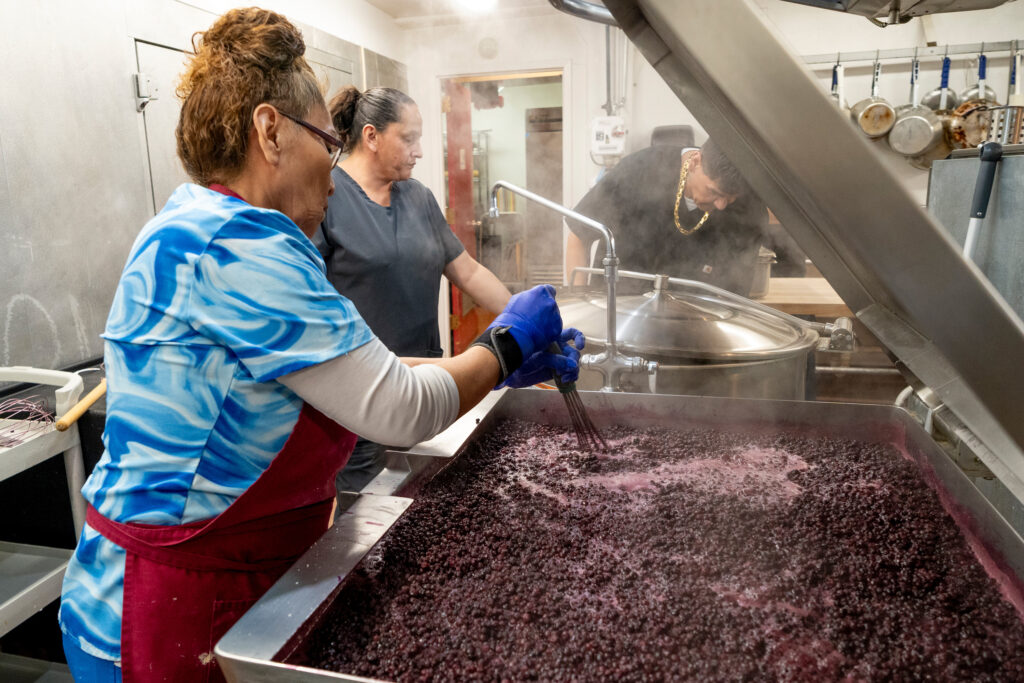
Maintaining Medicaid
Finding stability in a maze of healthcare
Story by Brooke Bickers and Sav Chavez. Photos by Brooke Bickers.
It’s 4 a.m. when James Spencer’s internal clock gets him out of bed, and he makes his way to the kitchen. He brews a fresh pot of coffee and flips through TV channels, eventually landing on CNN. From a desk drawer, he grabs his smoking materials and heads to the front door, leaving it slightly ajar as he lights his pipe, blowing smoke into the morning dark.
As the door of his small, rented home in Billings shuts behind him, he walks to the bathroom. From his medicine shelf, he places three pills in the palm of his hand: one for cholesterol, one for vitamin D and one for blood pressure; the same ones his wife used to take before she died of a heart attack. Pills he can afford thanks to his Medicaid and Medicare insurance plans.
Enlarge

Spencer, 69, is a citizen of the Gros ventre tribe on the Fort Belknap Indian Reservation. Through most of his life, Spencer relied on the Indian Health Service for his healthcare needs. The service is a federal program, promised to tribes through treaties with the United States. When he turned 65, an IHS employee helped him switch to Medicaid. At 69, he also began receiving Medicare, which he says acts as a bridge to independence and allows him access to better care.
The IHS system has strict guidelines on how it can be accessed. Some tribes require patients to receive care at facilities based on reservations, or provide limited services at public clinics on reservation border towns.
President Donald Trump’s nomination of Robert F. Kennedy Jr. as the Secretary of Health and Human Services placed a new focus on Indian Health Services and its role within the federal government.
Calling it the “redheaded stepchild” of the federal health department in a statement to ICT, the news site formerly known as Indian Country Today, Kennedy vowed that IHS would be one of his “top priorities” over the next four years.
The statement came after almost 900 IHS jobs were under immediate threat of termination in February, before Kennedy quickly rescinded the decision, citing a lack of proper alternative healthcare on reservations.
Something Kennedy has set his eye on is Medicaid, hoping to cut funds to “save a significant amount of federal dollars.” Over the next decade, cuts to Medicaid could add up to $2.3 trillion if the plans are followed through.
Spencer doesn’t have to pay out of pocket for any of his health care needs. Everything gets covered by insurance—whether it’s prescriptions, checkups or X-rays.
“I never get a bill. They send me here, they send me there, I go. I never get a bill,” Spencer said.
For Montana, about 300,000 people are on Medicaid, 20% of that are Native Americans. In Missoula, All Nations Health Center has more than 2,000 people that receive care. About 90% of its patients are on Medicaid.
Top: James Spencer gets emotional while reflecting on the loss of his wife who died of a heart attack. His wife also struggled with high blood pressure. Bottom: James Spencer watches the morning news on CNN and CBS as part of his morning routine, which includes waking up, brewing coffee, smoking cannabis, watching the news and taking his medication.
“If anything were to change, we would be worried about our patients. We were worried about the DEI [diversity, equity, and inclusion] stuff. We were worried about our patients not being able to receive care because we are with the Indian Health Service,” Alexis Johnson, eligibility specialist at All Nations Health, said.
The federal government covers 90% of Medicaid costs for Montana while the state covers the remaining 10%, which amounts to about $100 million. If Congress follows through on proposed cuts, Montana could expect to cover up to more than $625 billion to keep providing care to low-income patients.
Spencer grew up in the small town of Hays and went down a rocky path, from addiction to jail time to homelessness. Since then, he’s been sober for 31 years and has rebuilt his life. When he looks back on the hard times, he finds comfort in his daily routines.
James Spencer, 69, relies on Medicaid and Social Security to help him navigate his health problems and cover his living expenses. He fears the government services he needs are being threatened by the Trump administration and their policies targeting government spending.
“So just take it day by day. That’s about all you can do,” he said.
His days may be simple, but Spencer finds joy in the little things. He views his daily trips in his 1994 Chevrolet to the library as an escape from the stillness of his home.
“I go to the library,” he said. “I don’t even have to go there, but I just do it just to get out.”
It’s not really about the books. Instead, it’s about breaking the cycle of isolation.
Beyond daily rituals, Spencer also finds stability in the support of Social Security and food stamps. Together, they help him maintain a stable, healthy standard of living. Without that support, Spencer knows he wouldn’t be able to live with the independence and security he does now

“Without Social Security and Medicaid and Medicare,” he said, “I’d just be another bum on the street.”
As the day winds down, Spencer lies in bed, listening to the soft, echoing sounds of a televised basketball game. It’s the perfect end to a quiet day.
But outside that calm, the world of health care remains chaotic and uncertain. Spencer urges the Trump administration to “get your act together” and do better for Native communities. Though recent decisions have kept Medicaid expansion safe in Montana, he wonders for how long.
And if the attacks on Medicaid continue, what will that mean for Native communities like Fort Belknap?
Lillian Poulsen and Kohl Wolfe contributed to this report.
***
A SPECIAL PROJECT BY THE UNIVERSITY OF MONTANA SCHOOL OF JOURNALISM
ADDITIONAL FUNDING SUPPORT FROM THE GREATER MONTANA FOUNDATION
READ MORE:
Previous
Search for survival
Next
Protecting Education

